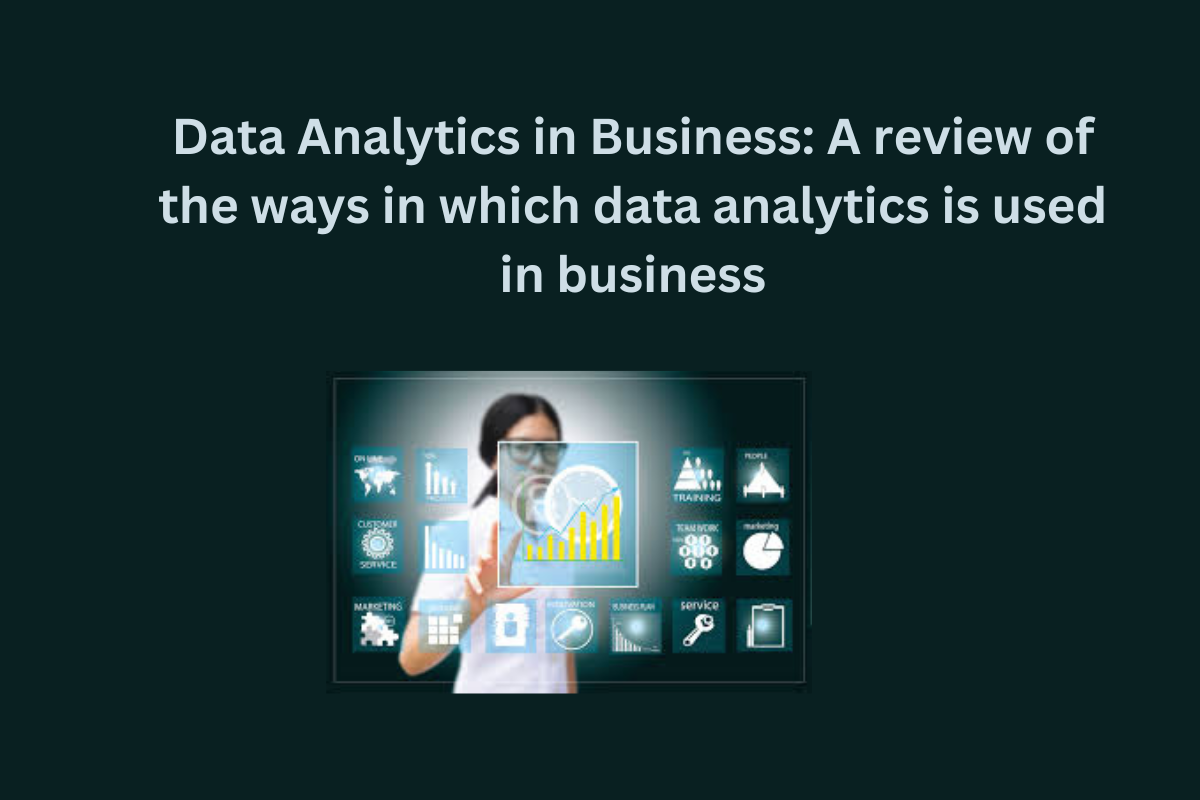Introduction
The food supply chain is a complicated network of procedures that includes farming, food processing, shipping, and, finally, customer delivery. Efficient supply chain management is critical to ensuring food safety, reducing waste, and meeting consumer demand. With the advancement of technology, food apps have developed as effective tools for streamlining many areas of the food supply chain. This article examines the significance of food applications in food supply chain management, including its benefits, problems, and future prospects.
Traditionally, The food supply chain relied mainly on manual operations and face-to-face communication. Farmers, distributors, retailers, and consumers were linked through a network of intermediaries, resulting in inefficiencies, delays, and a lack of transparency. The introduction of technology began to alter this picture, beginning with basic inventory management systems and progressing to sophisticated platforms capable of managing complicated logistics.
Understanding Food Supply Chain
The food supply chain encompasses all the stages involved in getting food from producers to consumers. Key components include:
- Production: Farming and agriculture.
- Processing: Turning raw materials into consumable products.
- Distribution: Transporting goods to retailers or consumers.
- Retail: Selling products to end-users.
- Consumption: The final act of consuming the food.
Key stakeholders in this chain include farmers, manufacturers, distributors, retailers, and consumers, each playing a vital role in ensuring the smooth operation of the supply chain.
The Rise of Food Apps
Food applications have transformed how we interact with the food supply chain. These apps have evolved into vital tools for everything from online grocery shopping to restaurant inventory management. Additionally, the expertise of an online food delivery app development company has been crucial in creating innovative and efficient solutions tailored to the food industry. The market for food apps has expanded significantly, driven by rising smartphone usage and the need for more effective supply chain solutions.
Types of Food Apps
Food apps can be broadly categorized into two types:
- Consumer-focused apps: These include meal delivery apps, grocery shopping apps, and dietary tracking apps.
- Business-oriented apps: These cater to businesses in the food industry, providing solutions for inventory management, order processing, and logistics.
How Food Apps Work
Food apps typically feature user-friendly interfaces that allow users to perform various tasks with ease. Key functionalities include:
- Search and Order: Users can search for products, place orders, and make payments.
- Inventory Management: Businesses can track inventory levels and receive alerts for restocking.
- Logistics Tracking: Real-time tracking of shipments and deliveries.
Applications of Food Apps in Supply Chain Management
Food apps play a crucial role in several areas of supply chain management:
- Inventory Management: Apps help businesses maintain optimal inventory levels, reducing waste and preventing stockouts.
- Demand Forecasting: By analyzing data, apps can predict consumer demand and help businesses plan accordingly.
- Logistics and Transportation: Apps provide real-time tracking and route optimization, ensuring timely deliveries.
- Quality Control: Apps facilitate the monitoring of food quality throughout the supply chain, ensuring compliance with safety standards.
Benefits of Food Apps
The integration of food apps into the supply chain offers numerous benefits:
- Increased Efficiency: Automation of processes reduces manual labor and speeds up operations.
- Cost Reduction: By optimizing inventory and logistics, businesses can significantly cut costs.
- Improved Transparency and Traceability: Real-time data tracking enhances visibility, making it easier to identify and resolve issues.
Challenges and Limitations
Despite their advantages, food apps also face several challenges:
- Technical Challenges: Integrating apps with existing systems can be complex and costly.
- Privacy and Security Concerns: Handling sensitive data requires robust security measures.
- Market Adoption Barriers: Resistance to change and lack of technological infrastructure can hinder adoption.
Case Studies
Food apps have been successfully implemented in a variety of businesses. For example, a major grocery chain employed a food app to improve inventory management, resulting in a 20% waste reduction and a 15% boost in sales. Another example is a restaurant business that used a logistics tool to optimize delivery routes and cut delivery times by 30%.
Latest Innovations in Food Apps
The incorporation of AI and machine intelligence into food apps is revolutionizing supply chain management. These technologies allow for more precise demand forecasts and personalized consumer experiences. Blockchain technology is another invention that allows for secure and transparent tracking of food goods from farm to table. Furthermore, IoT devices are utilized to track the status of perishable commodities in real time, ensuring quality and safety.
Future Prospects
The future of food apps in supply chain management appears bright. We should expect additional improvements in AI and machine learning, resulting in more efficient and responsive supply chains. Blockchain technology is anticipated to become more widely used, increasing transparency and trust. Furthermore, IoT use will continue to rise, offering real-time data and insights that enable better decision-making.
Comparative Analysis
Compared to previous approaches, food apps are more efficient, accurate, and transparent. Traditional supply chain management relied mainly on manual processes and paper-based systems, whereas food apps automate these, decreasing errors and saving time. When compared to other technological solutions, food apps stand out for their ease of use and ability to integrate multiple components of the supply chain into a single platform.
User Guides and Tutorials
Compared to previous approaches, food apps are more efficient, accurate, and transparent. Traditional supply chain management relied mainly on manual processes and paper-based systems, whereas food apps automate these, decreasing errors and saving time. When compared to other technological solutions, food apps stand out for their ease of use and ability to integrate multiple components of the supply chain into a single platform.
Expert Insights
Industry experts emphasize the revolutionary power of food apps in the supply chain. Food applications are revolutionizing the sector by giving real-time data and enhancing operational efficiency, according to supply chain expert John Doe. Jane Smith, a technology expert, adds, “The integration of AI and blockchain in food apps is a game changer, providing unprecedented levels of transparency and accuracy.”
Personal Stories and Case Studies
A small bakery owner said how an inventory management app helped minimize waste and save money, while a large food distributor stated that utilizing a logistics app increased delivery times and customer happiness. Users of food apps have reported positive experiences, underlining their benefits.
Conclusion
In summary, food apps play a pivotal role in managing the food supply chain, offering numerous benefits such as increased efficiency, cost reduction, and improved transparency. Despite challenges, the future looks bright with continuous advancements in technology. Businesses and consumers alike stand to gain significantly from the adoption of food apps, making them an essential tool in the modern food industry.



